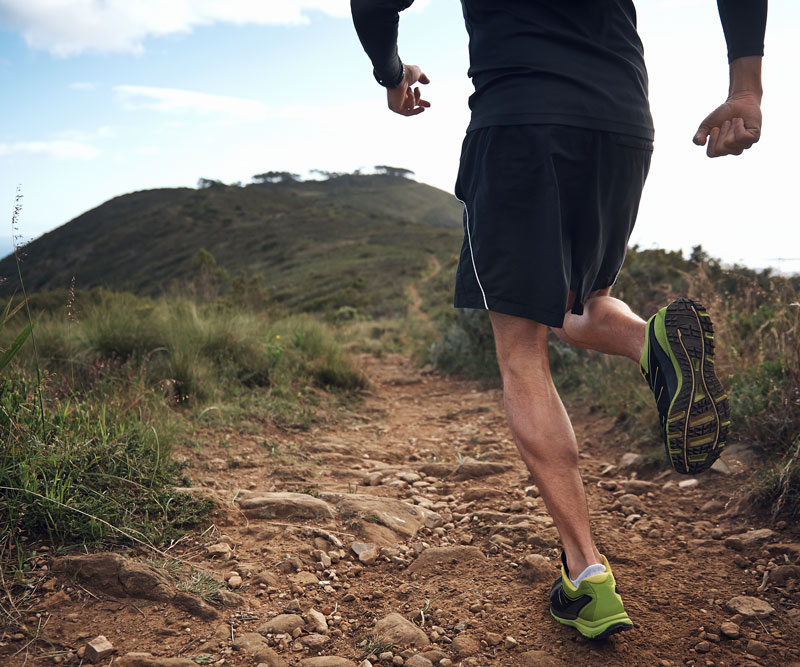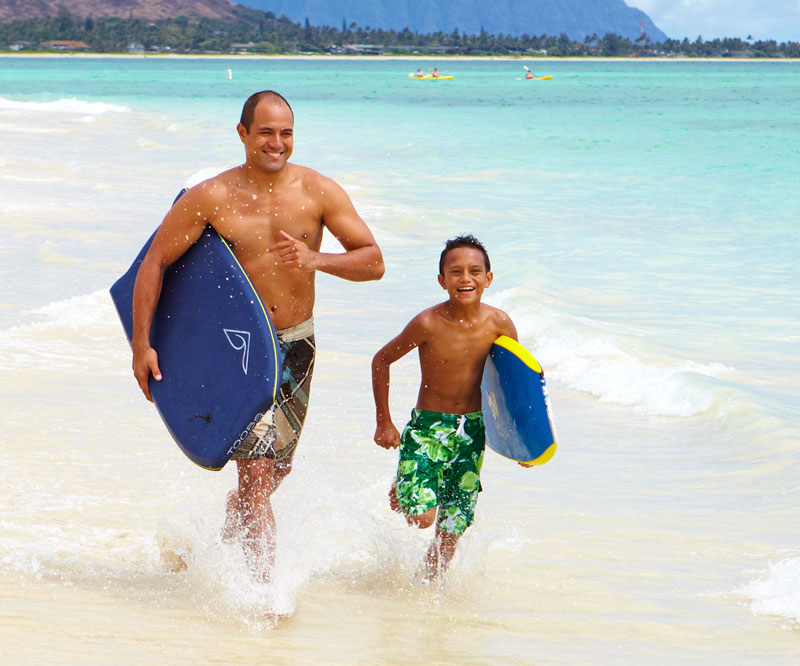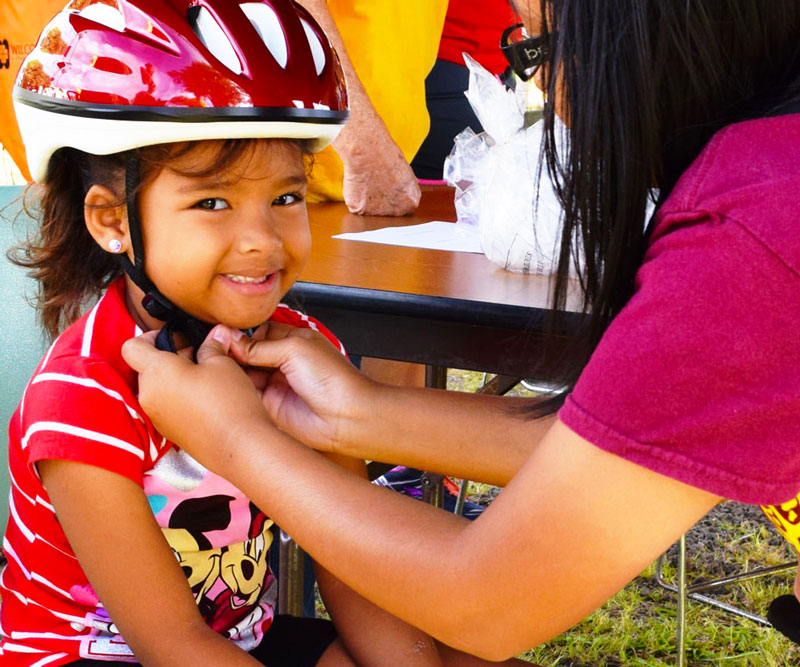
Tips for an Active, Injury-Free Summer
From hiking Diamond Head to kayaking out to The Mokes, summertime in Hawaii offers outdoor enthusiasts a plethora of activities to fill their calendars from Memorial Day through Labor Day.
But jump into anything new too fast and you could spend the next three months recovering from an injury.
Summer isn’t just the time of year when temperatures go up; the incidence of injuries also rises between June and September, according to the Centers for Disease Control and Prevention.
The most common injuries suffered include concussions, broken arms and lacerations, often caused by falls. Muscle strains and heat stress also make the list.
“Surf injuries are quite common during summer seasons,” says Dr. Katsuya Andy Iizuka, a family medicine physician at Straub Medical Center – Ward Village Clinic & Urgent Care.
“South swells get larger during the summer, and people’s muscles and balance aren’t ready for the power that comes with the swell,” adds Iizuka, who is an ocean sports enthusiast.
“Dehydration is another thing I see during the summer, even among surfers,” he continues. “Make sure to stay hydrated. If your urine color looks dark, you are dehydrated.”
Here are five other tips for enjoying a fun, injury-free summer.
Warm Up and Cool Down
Get muscles and tendons ready for action with a few simple dynamic stretches like arm swings, high kicks and lunges with a twist.
Afterward, stay limber and help muscles relax with a round of static stretches, such as hamstring stretch, seated forward bend and chest stretch.
“Always warm up and get the circulation going,” says Iizuka, who recommends getting your heart rate up to 100 beats per minute (bpm) before starting your activity of choice.
“I prefer active stretching versus static stretching, as static stretches have not been shown to prevent injuries,” he adds.

Wear the Appropriate Gear
It’s important to dress the part for whatever activity you have planned.
Taking a hike? A sturdy pair of hiking boots will go a long way toward preventing slips on rocky terrain.
Going for a bike ride? Wear a helmet. A properly fitted helmet can prevent almost 90 percent of head and neck injuries in activities like cycling, skateboarding, motorcycling and horseback riding.
Condition the Body
Summer is the perfect time to get out and try new things, but, to borrow an old adage, you first need to learn how to walk before you can run.
Begin any new sport or exercise routine slowly and build up endurance as you go. If you have existing health conditions, get clearance from your primary care physician first and foremost.
“Stay active throughout the year, not just seasons at a time,” Iizuka advises. “And know your limits!”
Fall Correctly
Believe it or not, there is a “right” way to fall.
If you feel yourself going down, just roll with it. Try to relax, as stiffening up just makes things worse.
Do not use your arms to break a fall, as this can lead to greater injury, such as a dislocated shoulder or broken wrist.
Rest!
The extra hours of daylight and picture-perfect weather make it tempting to spend all your time literally running around outside, but wear yourself too thin and you may suffer an overuse injury.
Devote at least one day a week to complete rest and relaxation. Or, if you can’t sit still, try a low-impact activity like yoga, golf or swimming.
“Go out and enjoy the beautiful nature of Hawaii,” says Iizuka. “But please, do it safely by following the advice given here.”
Published on: June 27, 2018




